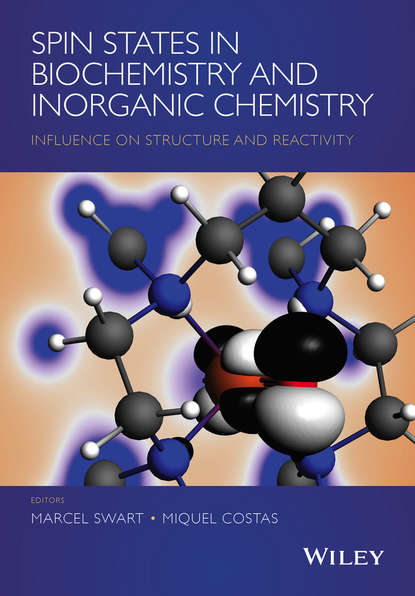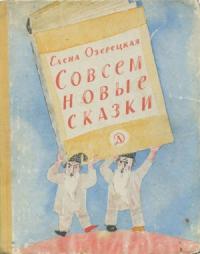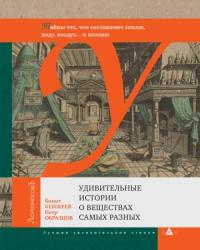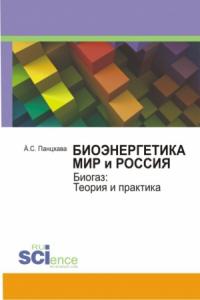
Spin States in Biochemistry and Inorganic Chemistry скачать fb2
Marcel Swart - Spin States in Biochemistry and Inorganic Chemistry краткое содержание
It has long been recognized that metal spin states play a central role in the reactivity of important biomolecules, in industrial catalysis and in spin crossover compounds. As the fields of inorganic chemistry and catalysis move towards the use of cheap, non-toxic first row transition metals, it is essential to understand the important role of spin states in influencing molecular structure, bonding and reactivity. Spin States in Biochemistry and Inorganic Chemistry provides a complete picture on the importance of spin states for reactivity in biochemistry and inorganic chemistry, presenting both theoretical and experimental perspectives. The successes and pitfalls of theoretical methods such as DFT, ligand-field theory and coupled cluster theory are discussed, and these methods are applied in studies throughout the book. Important spectroscopic techniques to determine spin states in transition metal complexes and proteins are explained, and the use of NMR for the analysis of spin densities is described. Topics covered include: DFT and ab initio wavefunction approaches to spin states Experimental techniques for determining spin states Molecular discovery in spin crossover Multiple spin state scenarios in organometallic reactivity and gas phase reactions Transition-metal complexes involving redox non-innocent ligands Polynuclear iron sulfur clusters Molecular magnetism NMR analysis of spin densities This book is a valuable reference for researchers working in bioinorganic and inorganic chemistry, computational chemistry, organometallic chemistry, catalysis, spin-crossover materials, materials science, biophysics and pharmaceutical chemistry.
Чтобы оставить свою оценку и/или комментарий, Вам нужно войти под своей учетной записью или зарегистрироваться



